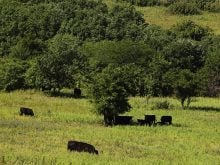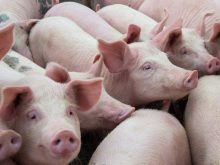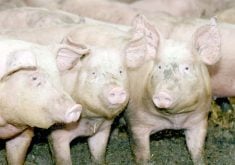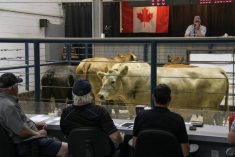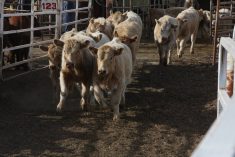STRATHMORE, Alta. – Tough times in the cattle business are a BSE hangover and there seems to be no relief from the headache, cattle producers say.
Low cattle prices, a strong currency, high priced feed grain and unexpected costs from new BSE related regulations are taking a toll.
Cattle markets follow an economic cycle of price highs and lows that last about 12 years. Canadians missed the high prices of the cycle due to BSE shutting them out of export markets and now they are struggling to get out of the trough.
Read Also
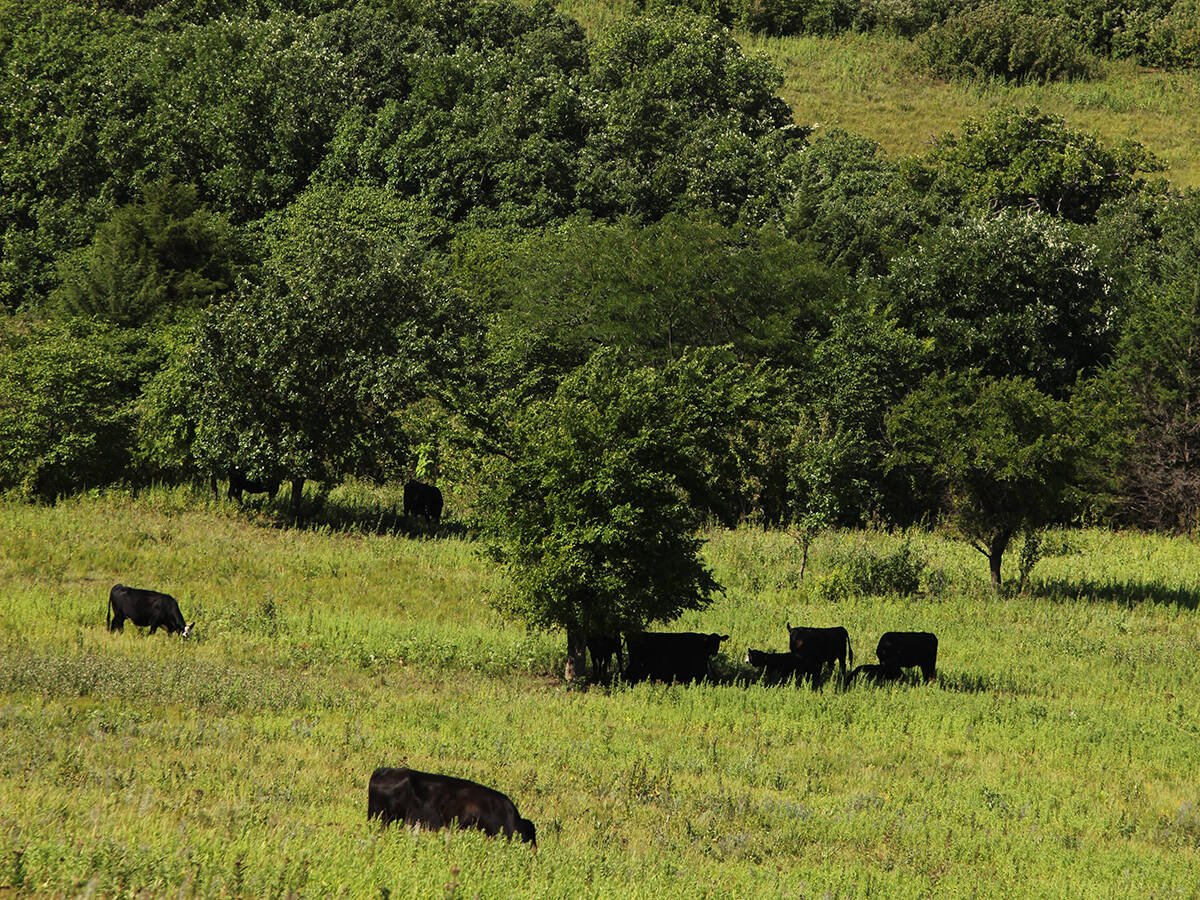
Beef cattle more prone to trace mineral deficiencies
The trace mineral status of our cows and calves is a significant challenge for western Canadian producers and veterinarians.
“The problem is that when you are in the low you needed the high from a couple years to make it through the low. We missed the high,” John Masswohl of the Canadian Cattlemen’s Association (CCA) told an Alberta Beef Producers (ABP) zone meeting in Strathmore Oct. 29.
The unexpected and rapid rise of the Canadian dollar and other currencies against the weakening American dollar hurts.
“Every time the dollar goes up the price for fat cattle goes down a cent a hundredweight,” said producer Ernie Isrealson of Didsbury.
“Cattle I sold in September for $88 are now worth $78. That is directly impacted by the dollar.”
Cattle prices are set in the United States and six years ago $1,000 US was worth $1,500 Cdn. Now it is worth $980 Cdn.
“The prices haven’t changed but the amount we are getting is,” Masswohl said.
In addition, producers are paying more for feed grain.
Groups such as ABP are critical of the amount of government support directed at the bioenergy business at the expense of the feed grain sector. Fewer research dollars are dedicated to making barley a more efficient, higher yielding feed.
“Most of the research in barley has been addressed toward malt varieties to make better beer and more recently toward using grains in biofuels in wheat in particular,” said ABP chair Erik Butters.
The cost of new regulations such as the enhanced feed ban could cost the packing industry $22 million a year. The enhanced ban requires beef processors to remove specified risk materials (SRMs) from the animal feed chain.
A recent Canadian Meat Council survey said it costs on average $5 per head on animals younger than 30 months and at least $12 per head for animals older than 30 months to remove SRMs, which are believed to be the main vector for the BSE agent.
When the regulation was announced, a federal-provincial agreement promised money to help plants with capital costs, such as building new facilities to handle the material.
However, funds were slow to arrive so plants could be ready to comply by July 12, 2007.
Depending where a plant is located in Canada, not all capital costs were covered so plants had to borrow to make the adjustments. Smaller plants are hit harder than the major companies.
In addition, facilities must deal with multiple layers of government, said Jim Laws, manager of the meat council, which represents packers.
“Different parts of the country have different disposal options open to them,” he said.
The CCA and the council asked the federal government to create a transition fund of $25 million per year for two years to meet the short-term operating costs until the infrastructure was ready. The government refused.
“We are still hoping the new minister of agriculture will change the program or create a new program specifically that we want to target toward disposal issues,” Laws said.
“We had hoped they could have run the program through the federal government and not delay it and not create all these complications.”
The money would be paid to renderers to remove and dispose of dead stock and body parts. These products are rendered into meat and bone meal, which used to have an economic value. Now it is an added expense to segregate, remove and dispose of it.
“Something that used to be worth $200 a tonne is now worth zero and it costs to dispose of it,” Laws said.



